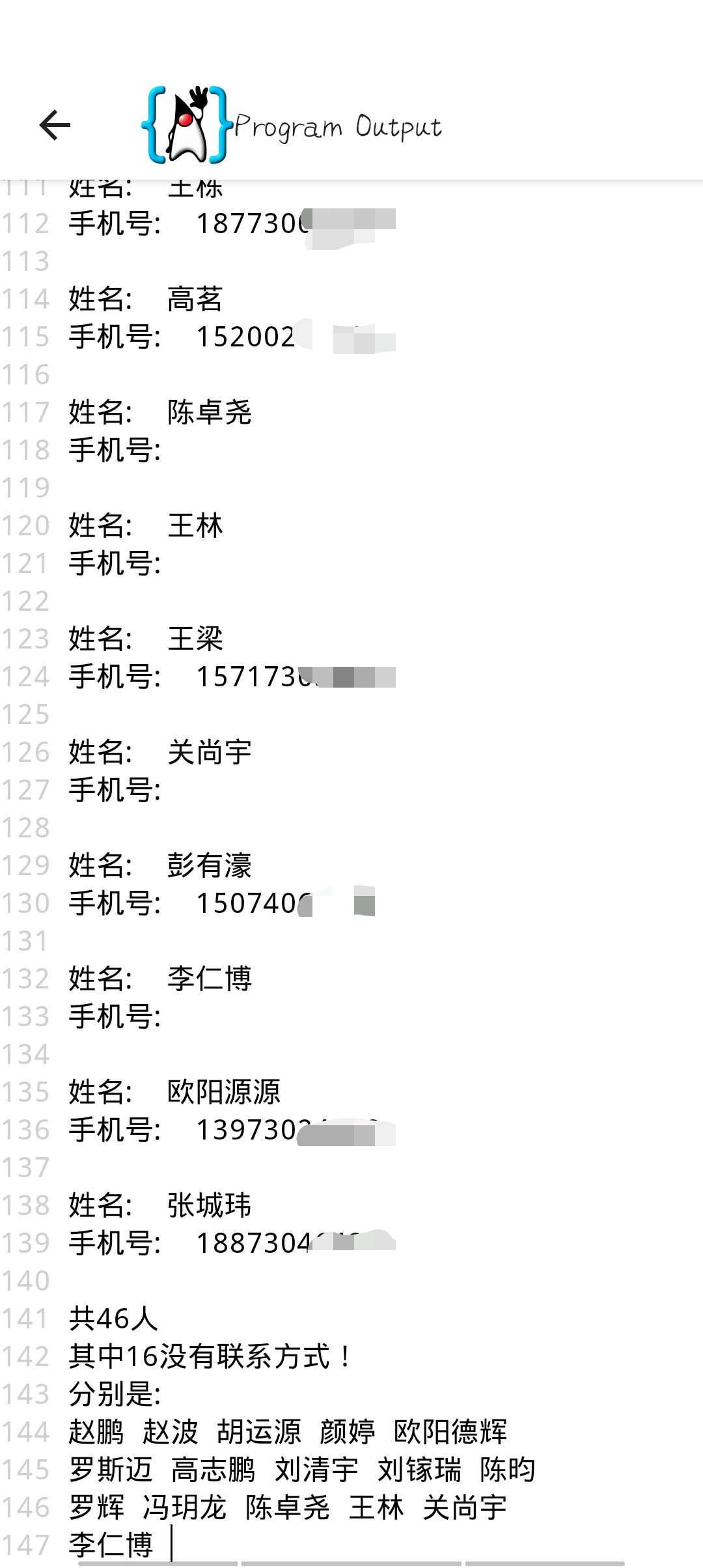Java发送Http请求是一个复杂操作,我们可以写成一个方法。我们可以编写一个HttpUtil.java,示例如下:
import java.io.BufferedReader;
import java.io.IOException;
import java.io.InputStreamReader;
import java.io.PrintWriter;
import java.net.URL;
import java.net.URLConnection;
import java.util.List;
import java.util.Map;
public class HttpUtil {
/**
* 向指定URL发送GET方法的请求
* @param url 发送请求的URL
* @param param 请求参数,请求参数应该是 name1=value1&name2=value2 的形式。
* @return URL 所代表远程资源的响应结果
*/
public static String sendGet(String url, String param) {
String result = "";
BufferedReader in = null;
try {
String urlNameString = url +"?"+ param;
URL realUrl = new URL(urlNameString);
// 打开和URL之间的连接
URLConnection connection = realUrl.openConnection();
// 设置通用的请求属性
connection.setRequestProperty("accept", "*/*");
connection.setRequestProperty("connection", "Keep-Alive");
connection.setRequestProperty("user-agent", "Mozilla/4.0 (compatible; MSIE 6.0; Windows NT 5.1;SV1)");
// 建立实际的连接
connection.connect();
// 获取所有响应头字段
//Map<String, List<String>> map = connection.getHeaderFields();
// 遍历所有的响应头字段
//for (String key : map.keySet()) {
// System.out.println(key + "--->" + map.get(key));
//}
// 定义 BufferedReader输入流来读取URL的响应
in = new BufferedReader(new InputStreamReader(connection.getInputStream()));
String line;
while ((line = in.readLine()) != null) {
result += line;
}
} catch (Exception e) {
System.out.println("发送GET请求出现异常!" + e);
e.printStackTrace();
}
// 使用finally块来关闭输入流
finally {
try {
if (in != null) {
in.close();
}
} catch (Exception e2) {
e2.printStackTrace();
}
}
return result;
}
/**
* 向指定 URL 发送POST方法的请求
* @param url 发送请求的 URL
* @param param 请求参数,请求参数应该是 name1=value1&name2=value2 的形式。
* @return 所代表远程资源的响应结果
*/
public static String sendPost(String url, String param) {
PrintWriter out = null;
BufferedReader in = null;
String result = "";
try {
URL realUrl = new URL(url);
// 打开和URL之间的连接
URLConnection conn = realUrl.openConnection();
// 设置通用的请求属性
conn.setRequestProperty("accept", "*/*");
conn.setRequestProperty("connection", "Keep-Alive");
conn.setRequestProperty("user-agent", "Mozilla/4.0 (compatible; MSIE 6.0; Windows NT 5.1;SV1)");
// 发送POST请求必须设置如下两行
conn.setDoOutput(true);
conn.setDoInput(true);
// 获取URLConnection对象对应的输出流
out = new PrintWriter(conn.getOutputStream());
// 发送请求参数
out.print(param);
// flush输出流的缓冲
out.flush();
// 定义BufferedReader输入流来读取URL的响应
in = new BufferedReader(new InputStreamReader(conn.getInputStream()));
//String line;
//while ((line = in.readLine()) != null) {
// result += line;
//}
} catch (Exception e) {
System.out.println("发送 POST 请求出现异常!" + e);
e.printStackTrace();
}
// 使用finally块来关闭输出流、输入流
finally {
try {
if (out != null) {
out.close();
}
if (in != null) {
in.close();
}
} catch (IOException ex) {
ex.printStackTrace();
}
}
return result;
}
}
完成这一步,我们就可以发送Get和Post请求。得到返回的json,因为jdk没有json解析的方法,所以我们需要下载解析json 的jar的文件,再导入这些文件就能使用了。然后进行下一步。
import java.io.*;
import java.util.*;
import org.json.*;
import net.sf.*;
public class Main
{
public static void main(String[] args) {
Scanner sc =new Scanner(System.in);
int xh=20199216,count=0;
List<String> p=new ArrayList<String>();
while(++xh<20199264){
String content=HttpUtil.sendGet("http://49.234.230.82:1000/m/1.php","xh="+xh);
try{
JSONObject j=new JSONObject(content);
System.out.println("姓名: "+j.get("studentName"));
System.out.println("手机号: "+j.get("studentIpone"));
if("".equals(j.get("studentIpone"))){
p.add(j.get("studentName").toString());
}
System.out.println();
count++;
}catch(Exception e){
System.out.println(xh+"此学号无信息
");
}
}
System.out.println("共"+count+"人");
System.out.println("其中"+p.size()+"没有联系方式!");
System.out.println("分别是:");
for(int i=0;i<p.size();i++){
System.out.print(p.get(i)+" ");
if((i+1)%5==0){
System.out.println();
}
}
}}
运行结果

